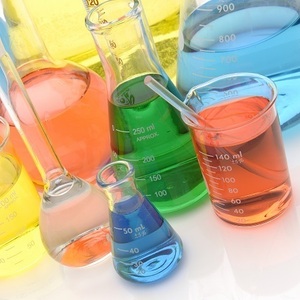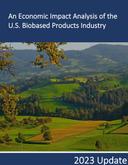IH2 technology licensed for demonstration plant




June 24, 2015
BY SynSel Energi AS
SynSel Energi AS, a member of SynSel Energy Inc., has entered into an IH2 process demonstration license agreement with CRI/Criterion Catalyst Co. Ltd., a member of the CRI Catalyst group, a global group of catalyst technology companies. IH2 technology is a continuous catalytic thermo-chemical process which converts a broad range of forestry/agricultural residues and municipal wastes directly into renewable hydrocarbon transportation fuels and/or blend stocks.
The Basic Engineering Package for the 5 metric ton per day demonstration plant located in Grenland, Norway, is to be completed over a period of several months by Zeton Inc. of Ontario, Canada. Zeton is the preferred engineering services provider for IH2 facilities at demonstration scale. The IH2 demonstration plant will be integrated into an existing third-party petrochemical manufacturing site, allowing for optimized capital and operating expense. Zeton’s engineering and fabrication experience with IH2 technology at the bench and pilot scale will assist in de-risking subsequent commercial scale designs.
Advertisement
SynSel recognizes the potential of the IH2 technology to monetize residual biomass and cost-effectively deliver renewable hydrocarbon fuels and/or blend stocks at prices competitive with fossil fuels currently. SynSel intends to extend its collaboration with CRI and its partners to implement the IH2 technology on a commercial scale in Norway initially. Innovation Norway has been instrumental in providing initial funding support for the demonstration plant as an integral pathway to several commercial IH2 plants in Norway.
The design feedstock for the facility will be forest residues including slash, sawdust, bark and wood chips with the ability to process select agricultural and municipal residues as well. IH2 hydrocarbons produced from these feedstocks span the gasoline, jet and diesel range. The hydrocarbons currently meet the ASTM specifications for their respective road transport fuels, positioned for the US market as an E10 gasoline fully renewable product or as a 100 percent fully renewable on-road diesel. Ongoing research indicates a high probability to achieve EN specification fuels or high-quality blend stocks. High-quality jet-range hydrocarbon blend stocks are also produced.
The IH2 technology is an efficient conversion route for lignocellulosic biomass. Production economics have been estimated to provide hydrocarbon fuels at fully profited manufacturing costs of $2.50 per gallon at 2000 metric ton dry feed/day scale on a USGC basis using a full stand-alone design.
Advertisement
The IH2 process was developed by Gas Technology Institute of Des Plaines, Illinois—a research, development, and training organization serving energy markets. GTI experts invented, tested, and patented IH2 technology and are providing ongoing commercialization support. Twelve U.S. and seven international patents have been issued on the technology. CRI Catalyst Co. of Houston, Texas has been granted exclusive worldwide licensing rights.
Related Stories
The U.S. Department of Energy Bioenergy Technologies Office (BETO) announced up to $23 million in funding to support research and development (R&D) of domestic chemicals and fuels from biomass and waste resources.
The U.S. DOE has announced its intent to issue funding to support high-impact research and development (R&D) projects in two priority areas: sustainable propane and renewable chemicals and algal system cultivation and preprocessing.
Sens. Sherrod Brown, D-Ohio, and Pete Ricketts, R-Neb., in August introduced the Renewable Chemicals Act, a bill that aims to create a tax credit to support the production of biobased chemicals.
The Chemical Catalysis for Bioenergy Consortium, a consortium of the U.S. DOE’s Bioenergy Technologies Office, has launched an effort that aims to gather community input on the development of new biomass processing facilities.
USDA on March 8 celebrated the second annual National Biobased Products Day, a celebration to raise public awareness of biobased products, their benefits and their contributions to the U.S. economy and rural communities.
Upcoming Events










